1.Meier-Diedrich E, Blease C, Heinze M, Wördemann J, Schwarz J. Changes in Documentation After Implementing Open Notes in Mental Health Care: Pre-Post Mixed Methods Study (Preprint). Journal of Medical Internet Research. 2025;27:e72667-e72667. doi:https://doi.org/10.2196/72667
Background
The practice of providing patients with digital access to clinical narrative documentation by health care professionals (HCPs) is known as open notes. In mental health care, this innovation has the potential to increase transparency and foster greater trust in the treatment process. While open notes may improve the quality of care and patient engagement, some HCPs are concerned that they may change the nature of clinical documentation and compromise its quality.
Objective
This study aims to examine potential objective and subjective changes in clinical documentation following the implementation of open notes.
Methods
Clinical notes written before and after the implementation of a patient portal with open notes function in 3 psychiatric outpatient clinics in Germany were collected. A total of 876 notes (453 prenotes and 423 postnotes) were rated on 16 linguistic features using a Likert scale. Differences were analyzed using the Wilcoxon signed rank test. In addition, 10 in-depth qualitative interviews with psychiatric HCPs were conducted and analyzed using reflexive thematic analysis.
Results
Postimplementation significant differences were found in several linguistic features: Monoglossic (P=.002), incomprehensible (P<.001), demeaning (P<.001), stigmatizing (P<.001), factual (P<.001), and controlling (P=.002) language decreased, while comprehensible (P<.001), resource-oriented (P<.001), heteroglossic (P<.001), personal (P<.001), and emotional positive (P=.047) language increased. Interviewed HCPs reported noticeable changes in both their clinical notes and documentation practices. They described reducing the use of medical jargon, providing more detailed explanations, and tailoring documentation to better meet patient needs, resulting in slightly longer notes. However, in the subjective perception of the HCPs, the information they documented in the clinical notes remained mostly the same. HCPs noted an increase in time and workload associated with the new documentation approach, partly due to the workflow adjustments required to adapt to open notes.
Conclusions
To our knowledge, this is the first study to systematically analyze quantitative documentation changes in the field of mental health. The implementation of open notes seems to result in both objective and subjective changes in clinical documentation and documentation practices. Quantitative and qualitative findings from our study suggest that HCPs generally strove to create more patient-friendly notes. In practice, this may benefit both patients and the therapeutic relationship. For open notes to be sustainable in practice, they must be seamlessly and efficiently integrated into HCPs’ daily workflows. This requires not only structural changes, but also educating HCPs—both during their training and in clinical practice—on how to write open notes in a way that is both effective and patient-friendly.



